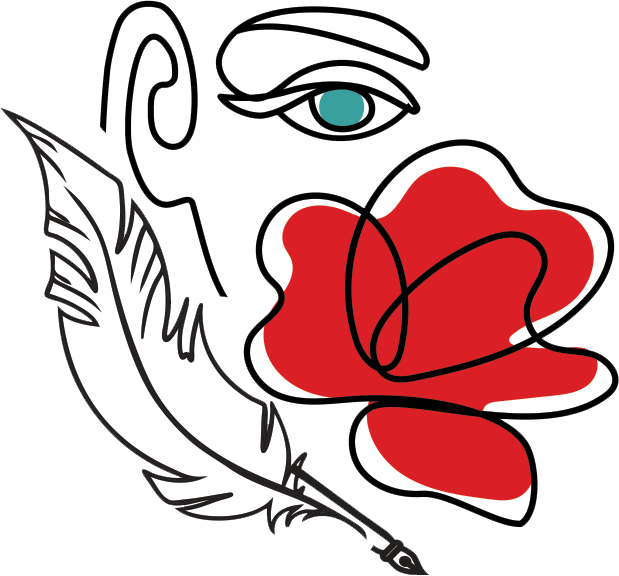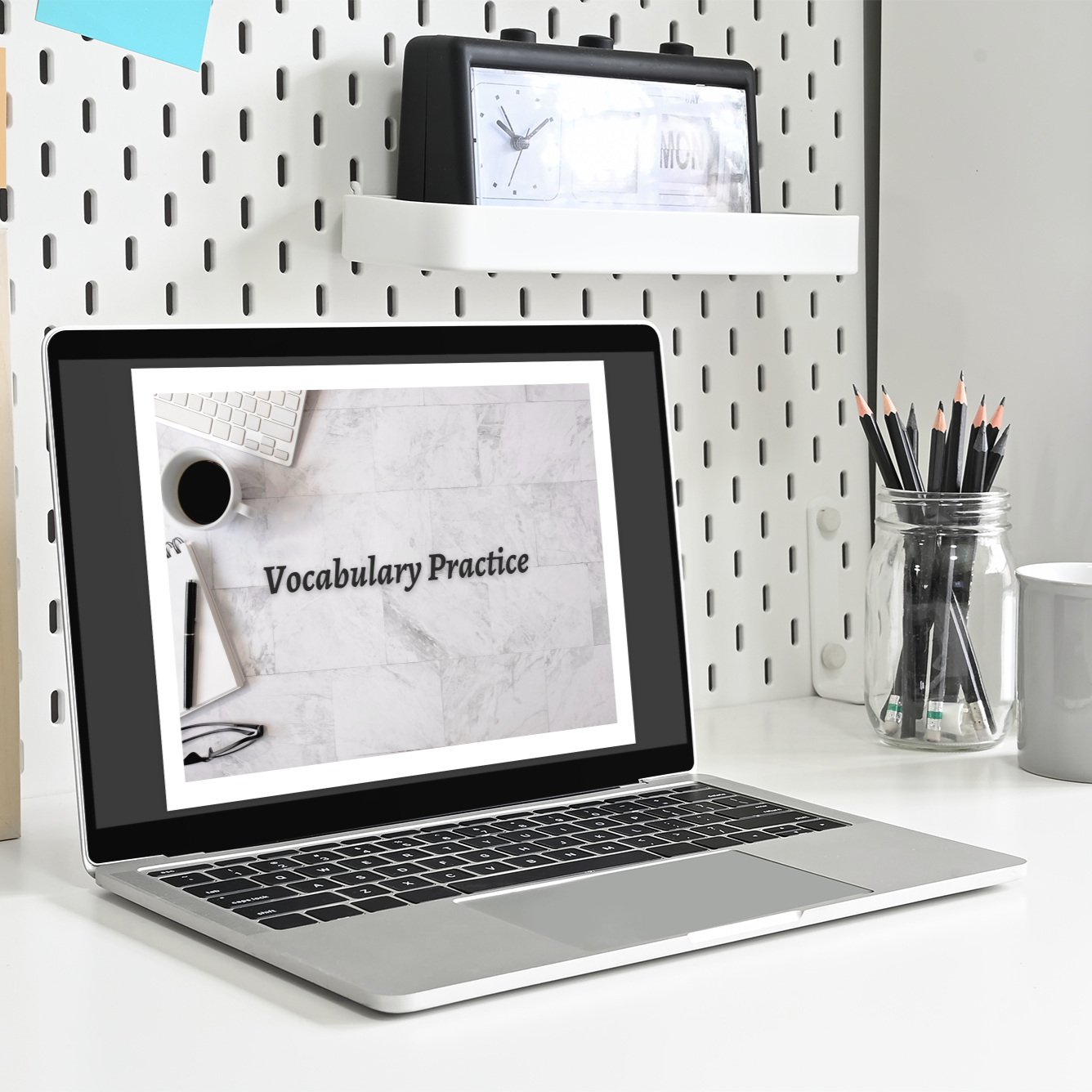Tips for Using Gerunds
Gerunds are special verbs that are also nouns. We make gerunds by adding -ing to a verb.
But how are gerunds verbs that are also nouns?
Think of gerunds as names. You know that nouns are names for people, places and things. Gerunds are simply names for activities, behaviors, and states of mind.
Let’s look at the verb dance as an example. If you want to use this verb as the subject of a sentence, you’ll need to use a gerund form dancing which is the name of the activity:
Subject + verb + complement
Dancing is fun.
Notice how we never say: The dancing is fun.
Here are some other examples to help you understand how gerunds can function as nouns in sentences:
Food makes me happy.
Eating makes me happy.
I love books.
I love reading.
Teaching English Just Got Easier!
Save hours of time with an organized collection of high quality, easy-prep ESL lesson plans and worksheets right at your fingertips.
How to Use Gerunds
Gerunds as Subjects
So as you can see, just like nouns, we often use gerunds as the subject in a sentence. so we can say,
Painting is his passion.
Finding a job isn’t easy in this city.
Note: We could also use infinitives (to + verb) in these examples, but they’re too formal and uncommon in everyday English.
Gerunds as Complements and Objects
We can also use gerunds as complements and objects of a sentence. For example,
His passion is painting.
They really enjoy surfing.
Gerunds after Prepositions and Conjunctions
Another tip I’d like to share with you today is that we always use gerunds after prepositions and conjunctions (at, in, on, about, when, etc.). So we can say,
She’s good at learning new things.
Let’s order pizza instead of cooking.
The book was about living in Colombia.
Do you have any questions? Share them in the comments below. And if you found this useful, please spread the knowledge and share it with your friends.


